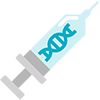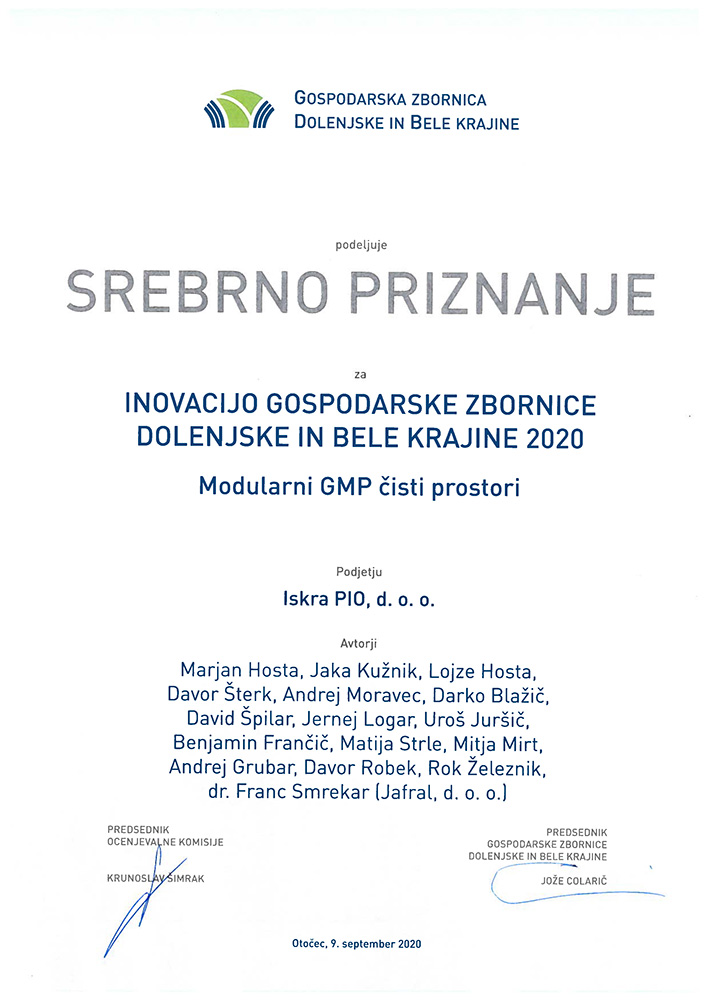
Selection of therapeutic gene and vector design
During gene electrotransfer, plasmid vectors encode the information we wish to transfer into cells. Plasmids are circular DNA molecules, which do not integrate into the cell’s genome. The active component of a plasmid vector are the instructions for the production of therapeutic substances. Instructions can contain information to replace or repair defective genes or to elicit the death of tumor cells. The latter can be achieved by direct targeting of tumor cells with genes encoding cytotoxic molecules (gene chemotherapy), or indirectly by targeting tumor angiogenesis (angiogenic gene therapy) or by triggering an anti-tumor immune response (immunogene therapy). The latter approaches include the transfer of genes encoding various tumor antigens (DNA vaccination), or genes encoding immunostimulatory molecules such as interleukin 12, which we will use in our clinical study.
Aside from the gene encoding the therapeutic substance, plasmids also contain a bacterial backbone necessary for the production of plasmids in bacteria. The bacterial backbone carries the information for a selection marker, usually an antibiotic resistance gene, which could be controversial for clinical use. Namely, there is a risk for horizontal transfer of antibiotic resistance genes to microorganisms and risk for an allergic reaction to residues of the antibiotic used during the production of plasmids. European Medicines Agency (EMA) thus recommends avoidance of antibiotic resistance genes. To comply with these recommendations various alternative approaches for plasmid production without antibiotics have been developed. One such approach is the operator-repressor titration (ORT) developed by the Cobra Bio company, which we use to prepare our plasmids.






.jpg)


.jpg)
